
"Little Trumpet is on the air..." "Little Trumpet," a classic children's radio program that has accompanied generations of children growing up, is launching a meticulously crafted series during this year's National Day holiday. "Little Trumpet Sounds Hometown," airing daily at 5:00 PM from October 1st to 7th on the CCTV Children's Channel, will feature 55 "CMG Little Trumpet Campus Radio Stations" nationwide. Young broadcasters serve as "hometown recorders," using lightweight equipment and first-person perspective recording to present a playful and heartwarming storytelling session about their hometowns for children nationwide.

From "Sound of Campus" to "Sound of Hometown": Classic IPs achieved two leapfrog upgrades in March
Since its premiere in 1956, "Little Trumpet" has remained true to its original mission of "telling good stories to children," deeply cultivating the field of children's development. The "Little Trumpet Sound Series" has been innovatively developing content with a "three-month, two-upgrade" approach, continuously deepening its empowerment of children's development.
During the Children's Day this year, "Little Trumpets Sound on Campus" achieved a historic breakthrough from radio to screen, allowing young broadcasters to tell their dream stories in the first person, completing the first leap from "listening to stories to telling things around them"; during the National Day, "Little Trumpets Sound on Hometown" further broadened the "cognitive and expression boundaries" of children, guiding children out of the campus and into the streets, museums, and plateau deserts of their hometowns... With the documentary perspective of many "little hometown recorders" in seven places, it completed two leaps from "the small world of campus to the big stage of hometown", and constructed a new narrative field dominated by children.
55 schools weave "Children's Voice Documentary Network": Demonstrating the powerful linkage power of campus radio stations
The success of the "Little Trumpet Sound Series" is inseparable from the strong support of the nationwide "CMG Little Trumpet Campus Radio Station" network. Like "little trumpet flowers," young broadcasters and reporters from 55 primary schools across China, with microphones as their cores and cameras as their petals, their voices radiate across the country.
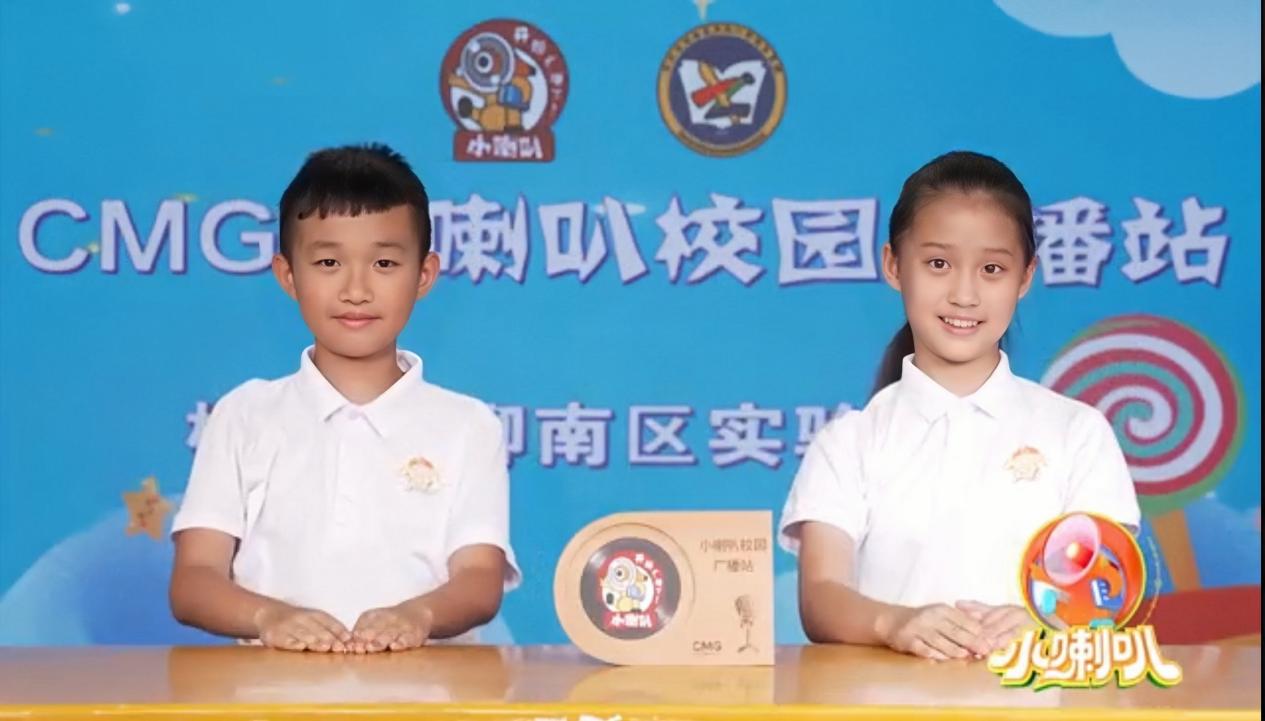
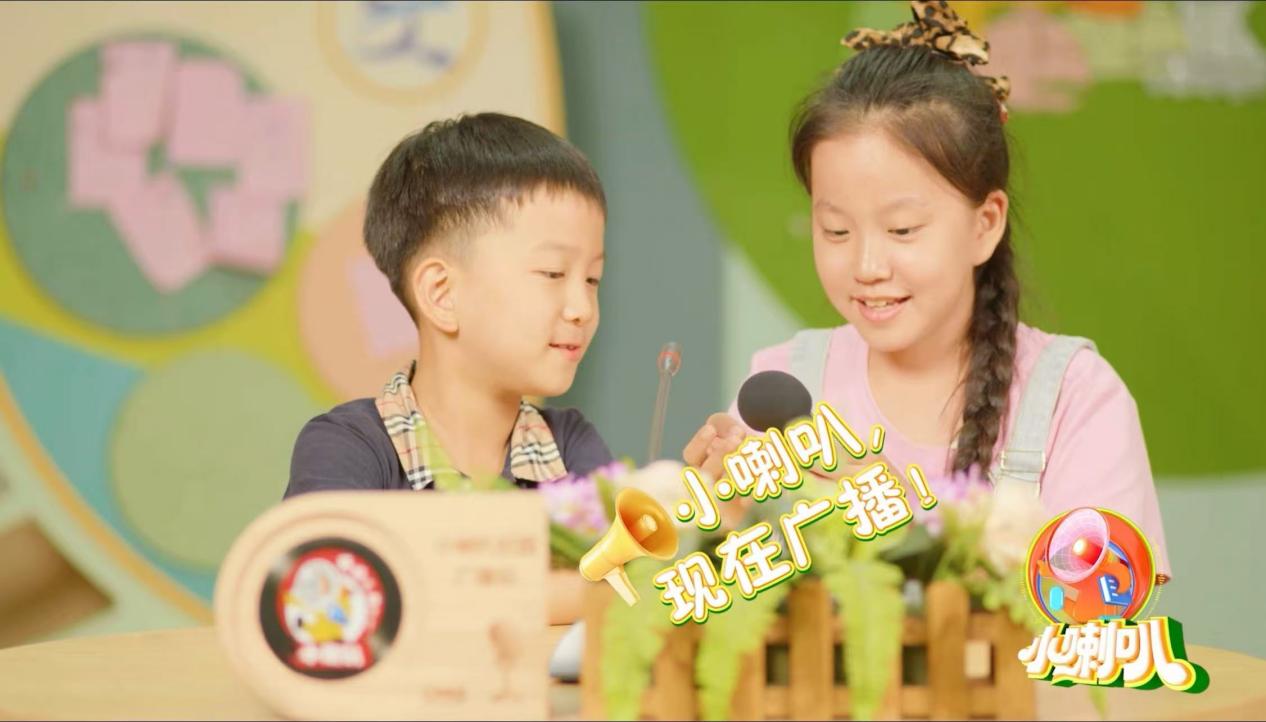
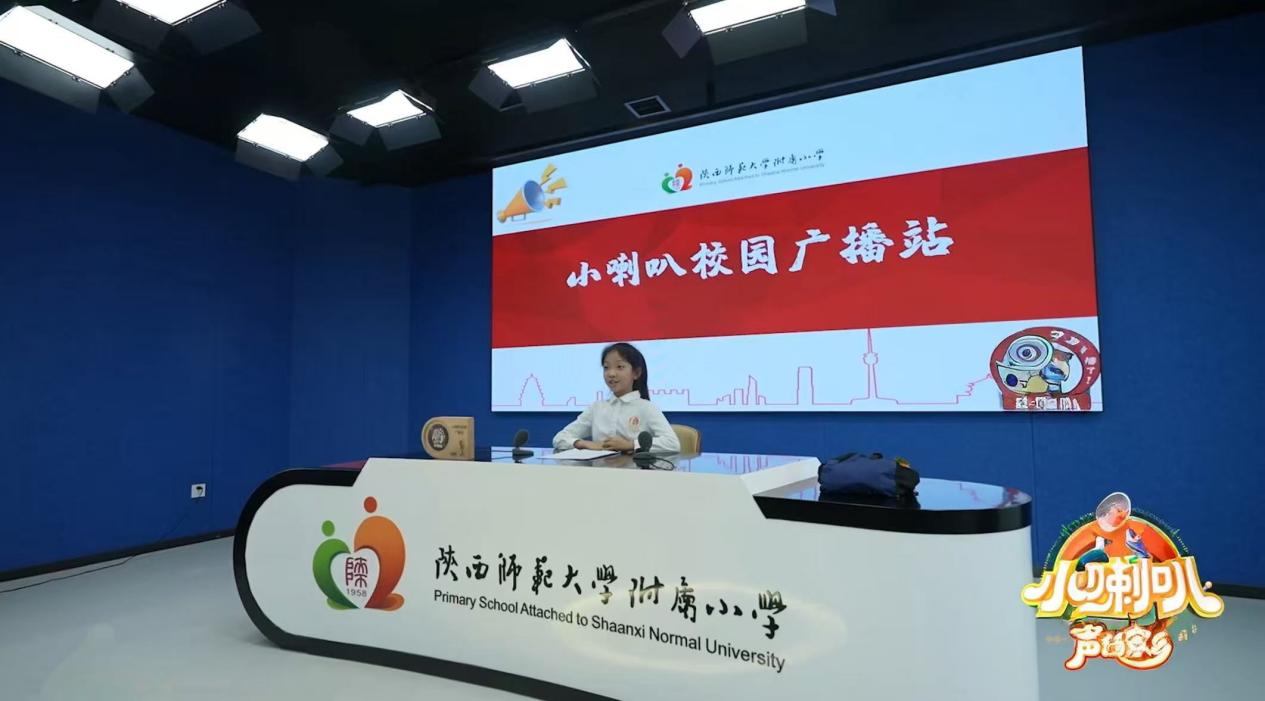
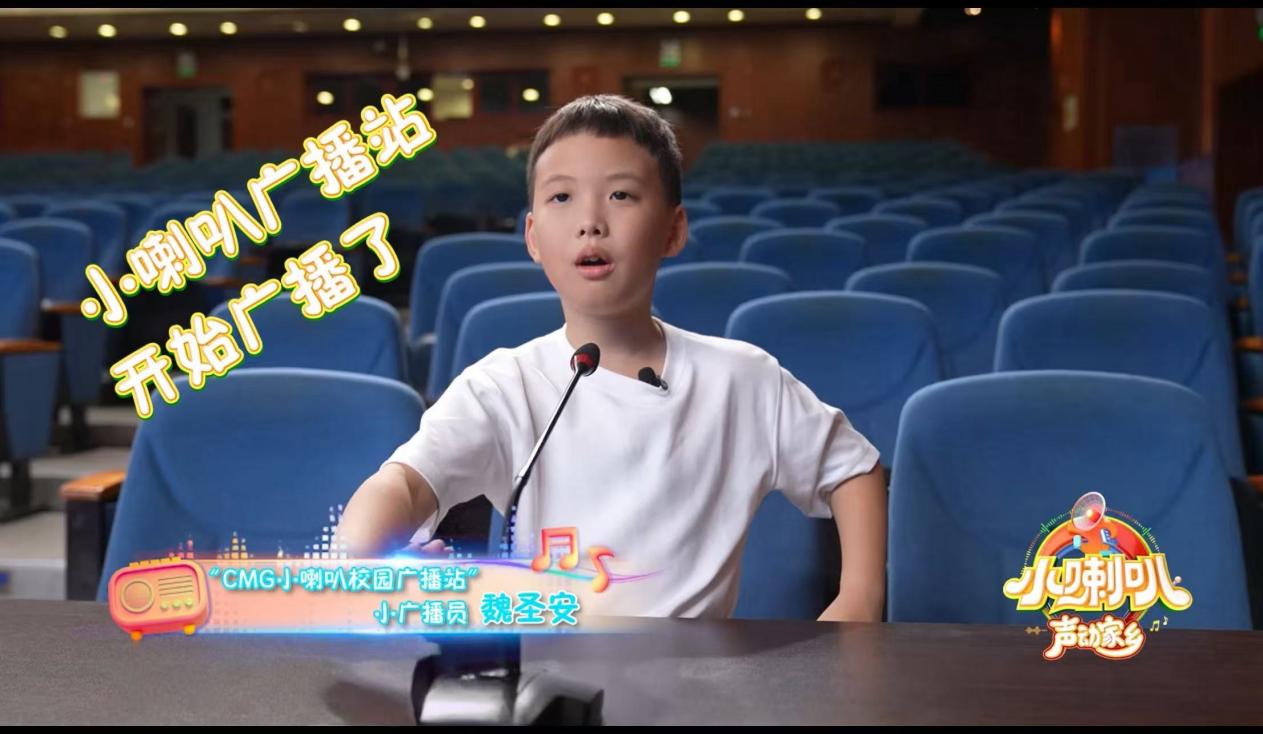
From Beijing's hutong opera and Ningbo's thousand-year-old boat talk to Xi'an's Huxuan dance heritage and Liuzhou's snail noodle experience, from Shenyang's robot confrontation and Korla's local customs exploration to Tianjin's sound collection - the young broadcasters rely on the campus radio station system to form a "children's voice documentary network" covering the north and south, and spanning ancient and modern times, demonstrating the high degree of connectivity and coverage of the "CMG Little Trumpet Campus Radio Station" as a national children's communication platform.
Innovative form: Light equipment + immersive children's short plays, building a new narrative space led by children
The program is produced with the concept of "light equipment and broad vision". Young broadcasters use lightweight and convenient devices such as mobile phones as mobile "eyes". Through the innovative form of "immersive micro-short dramas from a children's perspective", they break the traditional narrative framework and use a scriptless, immersive, low-intervention documentary approach to restore the real hometown from the eyes of children.
Beijing No. 2 Experimental Primary School's "There's Show!" featured young broadcaster Dasheng, who initially didn't understand his father's Peking Opera career, but gradually discovered the charm and heritage behind it. His childish words outlined Beijing's profound cultural heritage and traditional Chinese tradition. Huashan Middle School of the Second Division of the Xinjiang Production and Construction Corps' "Can I Control the Wind?" In the show, two young broadcasters start a wonderful journey through the desert with the childish words "I can control the wind!", and feel the natural magnificence and cultural enthusiasm of Xinjiang in the wind; "Our "Old Iron's" Robot" by the Young Eagle Experimental Primary School in Tiexi District, Shenyang City, records the two primary school robot teams' understanding of the spirit of cooperation and hands-on fun behind technology in a football match; "Listen, the Boat is "Talking"" by Haishu Central Primary School in Haishu District, Ningbo City, travels through seven thousand years through dialogues with personified cultural relics, allowing the Hemudu wisdom to collide with modern port civilization; "Chang'an Huxuan Dream" by the Primary School Affiliated to Shaanxi Normal University, uses "a dance to travel through time" to let children feel the inherited charm of the dance of the prosperous Tang Dynasty; "Noodle Symphony" by the Experimental Primary School in Liunan District, Liuzhou City, comprehends the life philosophy of "good taste lies in fusion" while searching for bamboo shoots and soup; "The "Sound Treasure" of the Little Trumpet" by Shanghai Road Primary School in Hexi District, Tianjin, discovers that "the most moving melody is hidden in memory" by collecting city sounds.

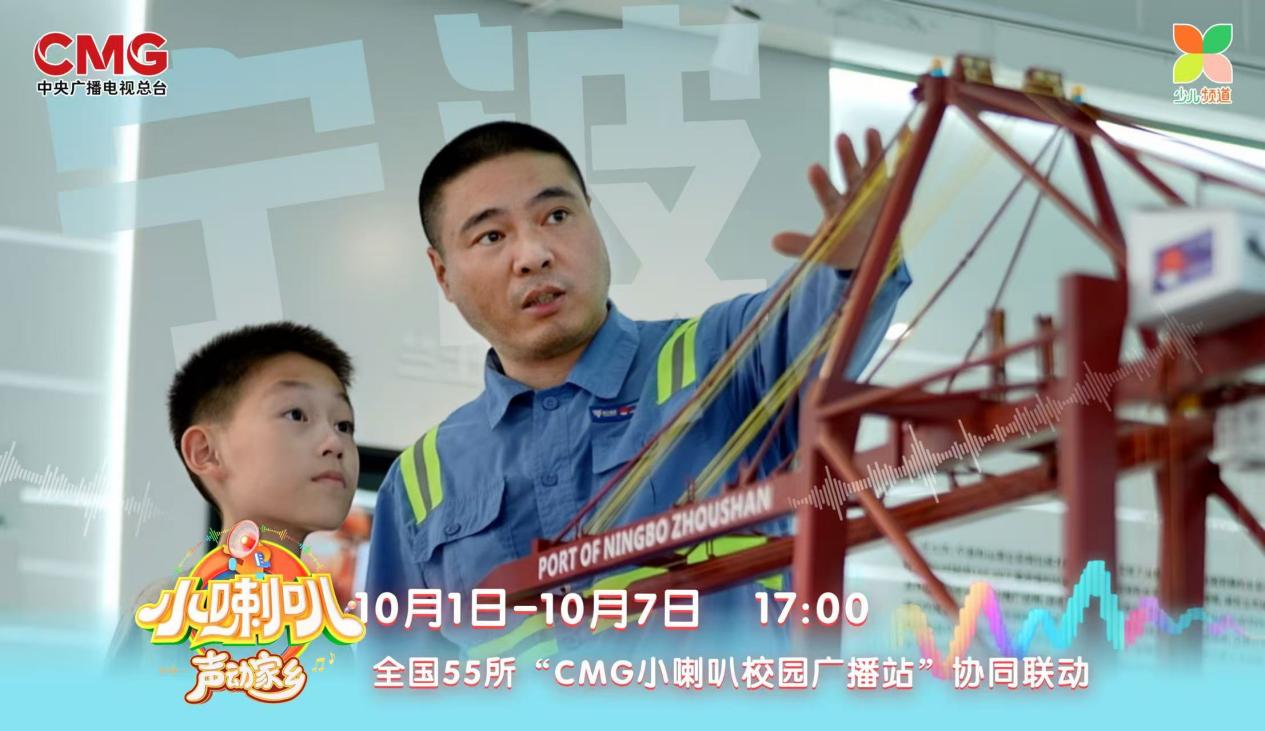





Each 10-minute story is short and concise, preserving children's unique perspective on observing the world while showing their innocent way of expressing emotions, truly realizing the goal of "letting children tell stories about their own hometown."
Extending from stories of school dreams to stories of hometown, the program, under the theme of "Small Footprints, Great Hometown Feelings," showcases the observation, reflection, and empathy of children in real-life social situations. Children understand cultural heritage through recording and build identity through storytelling. The program avoids overly grand themes, but instead captures the spirit in the subtleties, using pure childlike words to illuminate the growth trajectory and spiritual outlook of children in the new era.
Brand Continuity: The Sound Motion series continues to expand, and the old IP is rejuvenated.
For 69 years, "Little Trumpet" has consistently maintained a child-centric approach to its creative work. From "Sound of Campus" to "Sound of Hometown," the series has continuously evolved to cater to the cognitive habits and expressive needs of young audiences, demonstrating the innovative vitality of this classic brand in the era of media convergence.
The broadcast of "Little Trumpet Sounds Hometown" not only marks a breakthrough in program format but also demonstrates the program's systematic layout and advantages in deep media integration. The program's broadcasting roots haven't been compromised by its television presence, but rather it leverages the three-dimensional communication advantages of "broadcast + big screen + new media": on broadcast, the program leverages 55 CMG Little Trumpet campus radio stations nationwide to collect and broadcast children's hometown stories; on big screen, the programs are presented in a series of short micro-dramas; and on new media platforms, such as the "Little Trumpet Storytelling" account on the CCTV Video client, short videos shot by various radio stations are simultaneously available online. This multi-dimensional linkage across broadcast, big screen, and small screen creates a converged communication system with interconnected content and shared resources, highlighting the unique advantages and brand vitality of "Little Trumpet," a long-established IP, in this converged communication landscape.
"Tick-tick, tick-tick..." The story continues, and the pace never stops. From radio to television, from campuses to hometowns, the 69-year-old "Little Trumpet" accompanies the growth of children across the country with its wings of integration and the pen of childlike innocence. In the future, "Little Trumpet" will continue to resonate with the pulse of the times, protecting every dream with more diverse formats and more vivid content.


